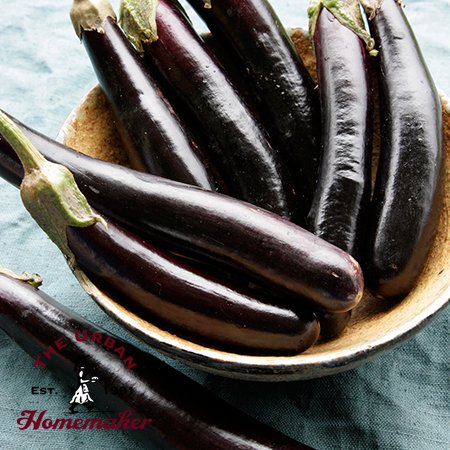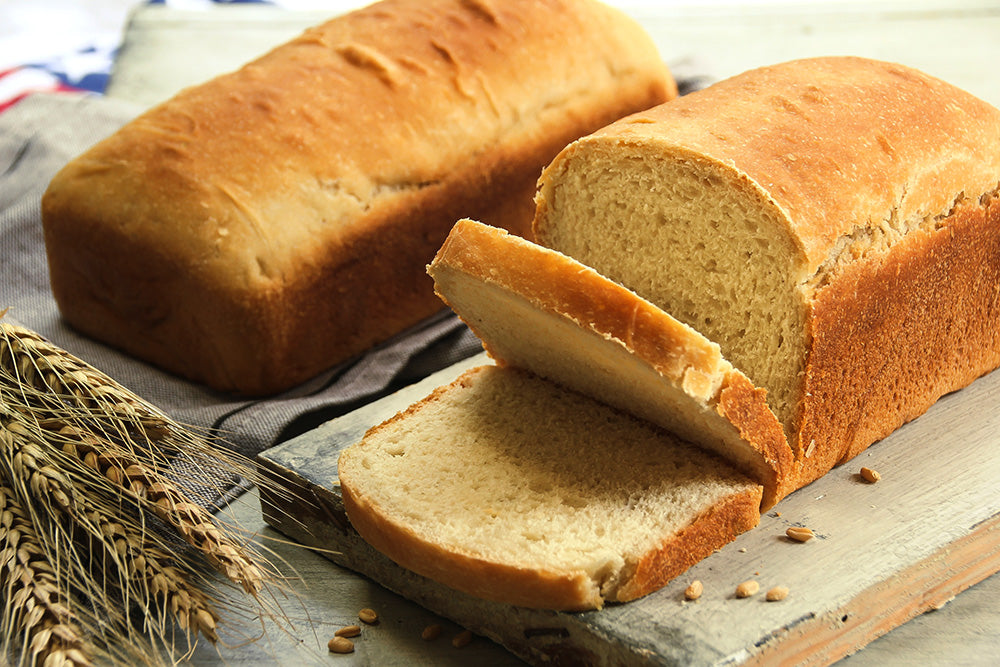Skip to product information


Little Finger Eggplant - Certified Organic
$3.95
Shipping calculated at checkout.
| Soil and Nutrient Requirements |
| Deep well drained sandy loam with pH 6.5-6.8 is best. Eggplants are heavy feeders. Plants are sensitive to nitrogen; if over fertilized, they will grow excessive foliage and produce less fruit. Use a high phosphorous starter. |
| Position |
| Full sun |
| Seeding Depth |
| ¼” |
| Plant Spacing |
| 18-24” |
| Row Spacing |
| 30-36” or 24” double rows on beds with 4-6’ centers. |
| When to Sow |
| Sow seeds indoors 8-12 weeks before last frost date. Optimal soil temperature for germination is 85°F. Seeds can be sown thickly into flats and then planted into cell trays or containers after true leaves appear. Plant outdoors when daytime temperatures are at least 65°F and night time temperatures are above 50°F. Plastic mulch and floating row cover may be used to increase soil and air temperatures and ward off insects. |
| Frost Tolerant |
| No. Eggplants are very sensitive to cold temperatures, even more so than their close relatives, peppers and tomatoes. |
| Drought Tolerant |
| Eggplants will tolerate dry conditions, but do best with irrigation especially during flowering and fruit set. |
| Heat Tolerant |
| Yes |
| Seed Specs |
| 5,500-7,500 seeds/oz (6,500 avg). M=1,000 |
| Seeding Rate |
| 7,260 plants/acre using 24” plant spacing in 24” double rows with 6’ centers. |
| Harvest |
| Harvest eggplants when skin is glossy and thumbprint will not leave an impression, if seeds are brown fruit is over-ripe. Regular harvest increases production of fruit. |
| Storage |
| Store at 50-55ºF and 90% relative humidity. Will keep quality for up to one week. |
| Pest Info |
|
| Disease Info |
|

Our Famous
Whole Wheat Bread Recipe
Grandma Marilyn's Famous Bread Recipe is VERSATILE! Use it to make cinnamon rolls, pizza, bread sticks, and more.